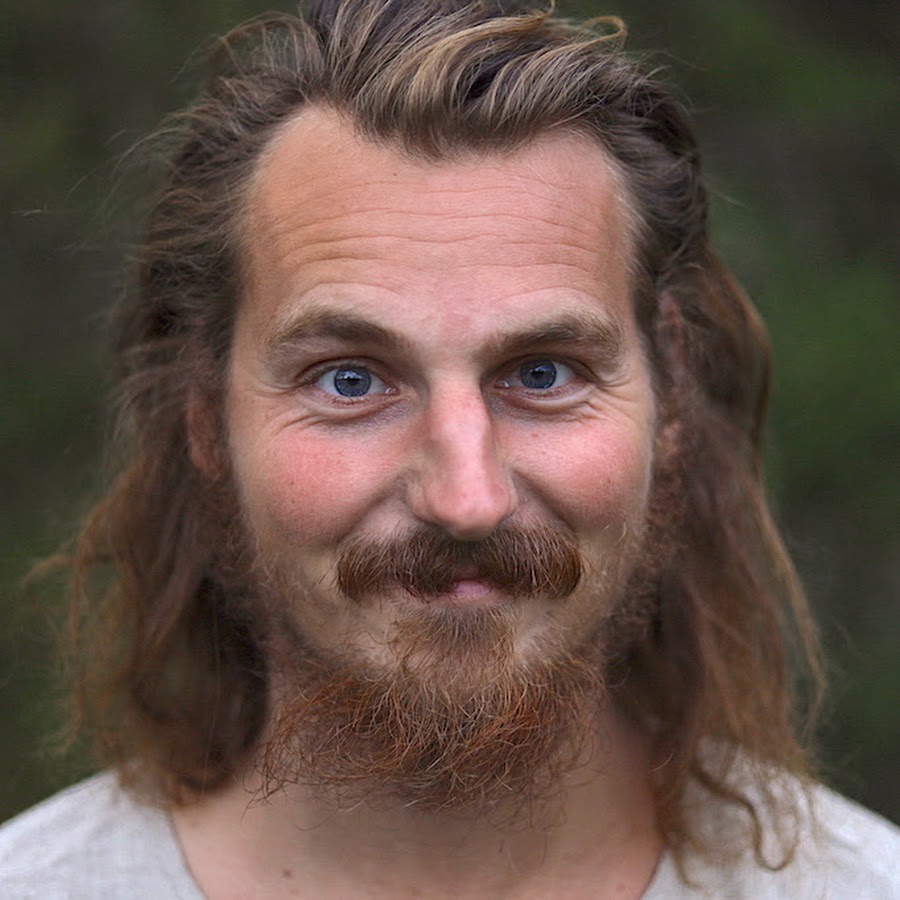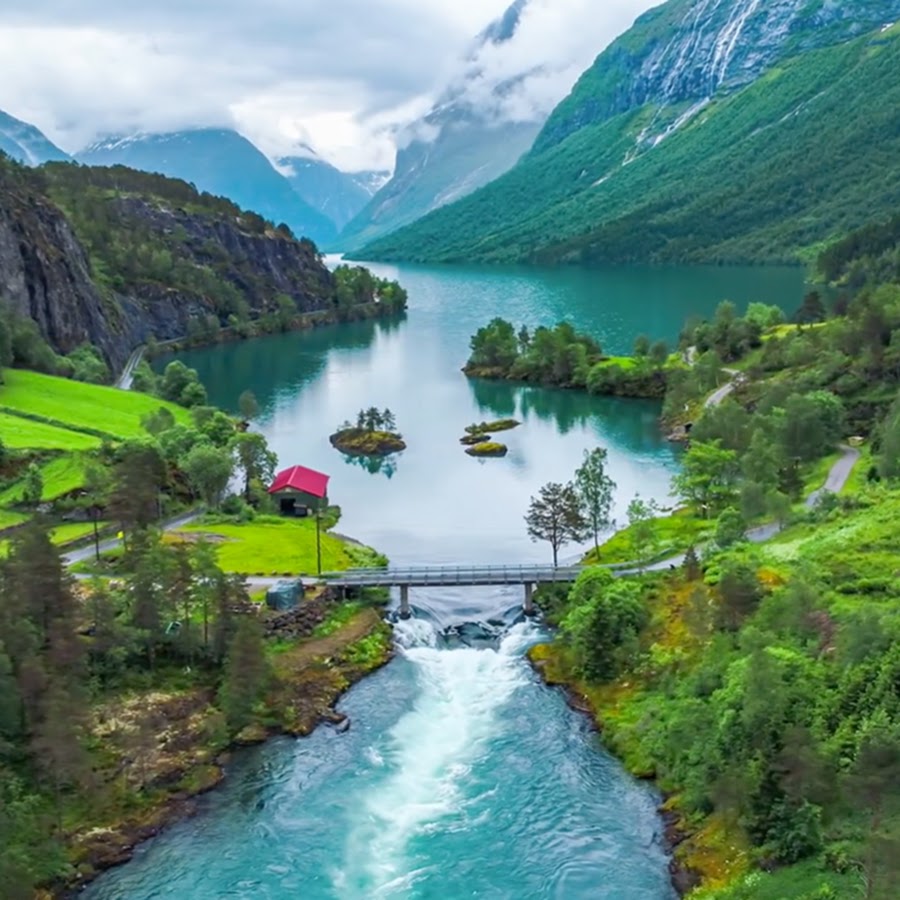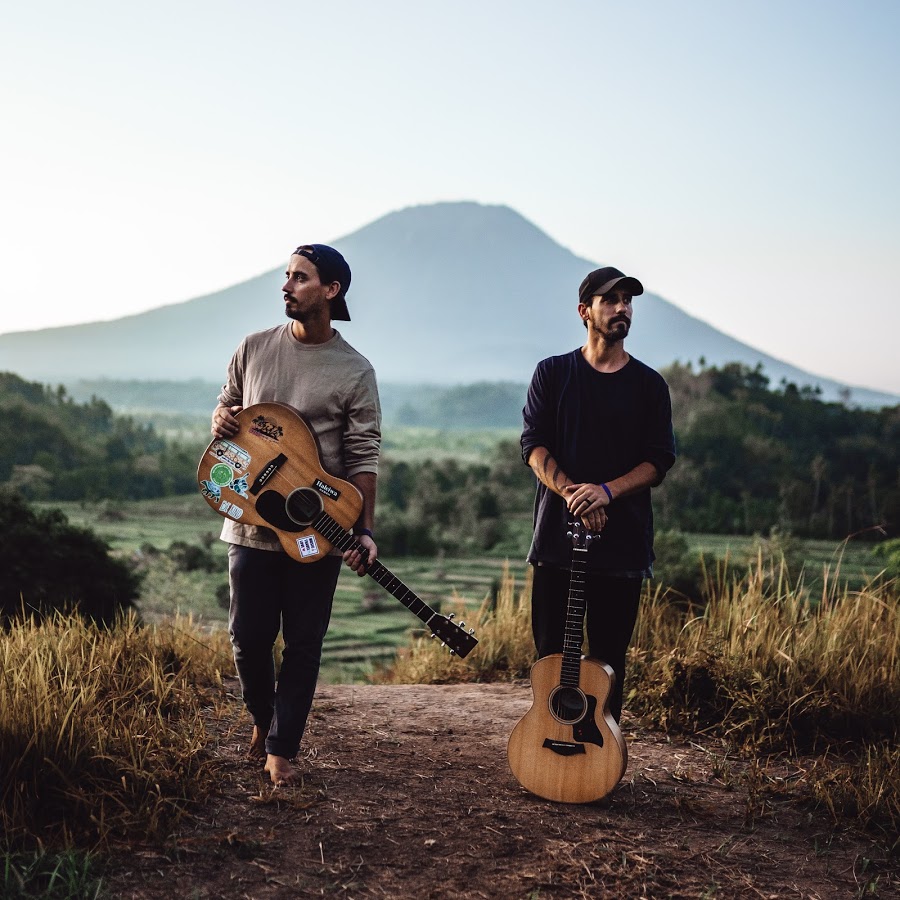Video Player is loading.
172
views •
October 3, 2019
Bushcraft trip - making primitive clothes, baking bread on hot stones, cooking meat over fire etc.

Bertram - Craft and Wilderness
0 Followed
Day trip. I turn two reindeer skins into winter clothes, twist natural fibers into cord, bake bread, cook meat and sew a hole in a reindeer skin. Open the full video description for more information.
Here can you see all videos from the camp including how I made the shelter https://www.youtube.com/watch?v=y9jIUl5tQU4&list=PLwMRed9dogc71CK8shz1fCocV5600xBKr
----------------------------
Date: 02-10-2019
1°C (33.8°F)
Location: Sapmi - the land of the Sami people in Norway, Sweden, Finland and Russia. Clean and remote classic northern wilderness. Fresh water rivers. Pine, spruce and birch forrest. Mountains, bears, wolves, eagles, reindeers etc. No wildlife is giving campers problems. I can't give you any information about my location, only that I am somewhere in Sapmi. You need to be the owner or get the owners permission if you want to do the same in Sapmi.
Consuming: Water (rainwater and meltwater). Meat (cow), bread (plain flour and water).
_________________
A few questions:
1. Can you give a few points about the clothes?
Yes - use one reindeer skin to make a cape and one to make a poncho. It is some of the most simple designs ideal in case of a "survival situation" (of course assuming you already have tanned skins available or something else like a blanket or other fabric). The poncho is defiantly the warmest and the most practical for physical work, but in case of bad weather does the cape offer some great neck protection and can shelter your other clothes from getting wet. Both designs still make you able to use the skins for sleeping and ground pads etc. but the cape is the only truly intact skin. Remember to cut the poncho head hole off center compensating for the extra length needed for your shoulders. You can greatly improve the poncho by permanent sewing a few stitches in the sides instead of trying to use a rope to keep the overlaps closed.
2. How did you make the bread?
Mixed water and plain flour. Nothing else - no baking powder and no waiting time before baking. It took about 10 minutes to bake the bread on the preheated stones. Some of the most basic bred, but taste great.
3. What kind of sewing kit are you using?
Traditional Sami belt sewing kit - in my case homemade from reindeer antler.
4. What fibers did you use to make the belt?
Bark fibers from a tilia tree twisted together as a basic 2 ply method. One of the best natural fibers for traditional rope making in the north. In this case is it fibers given to me by the youtuber DonVonGun - he did prepare the fibers the traditional way by soaking the bark in water for weeks before drying and separating the layers. DonVonGun is from Denmark just like me and we have been on serval trips together over the years - it was DonVonGun who inspired me to start making the silent bushcraft videos. Here can you see Don making the bark fibers and rope https://www.youtube.com/watch?v=3zmUDM9Qtss
5. Did you hunt and tan the skins?
No - it is mass production from Sapmi.
6. Is reindeer skins warm enough?
Yes - absolutely. It is some of the best. Native people in some of the coldest areas of the world, such as Eskimos and the Sami, used reindeer for the warmest winter clothing.
7. Fur facing out or fur facing towards you?
Fur facing away from you create a "barrier" between snow/wind/moisture and the skin part of the hide and the user. Fur facing towards you allows air to get traps and heated up by body heat. In extreme weather can it be beneficial to use two skins/layers - a inner layer with the fur facing towards you and one outer layer with the fur facing away from you.
_________________
Some of the gear used:
1. Pants = Klattermusen Gere 2.0 Regular
2. Boots = Redback original
3. Kettle = Eagle 1.5 L
_________________
Video gear: Canon EOS RP, Canon 50 1.8, Røde videomicpro+, Zoom h2n, iMovie.
_________________
Show All 
Comment 0











